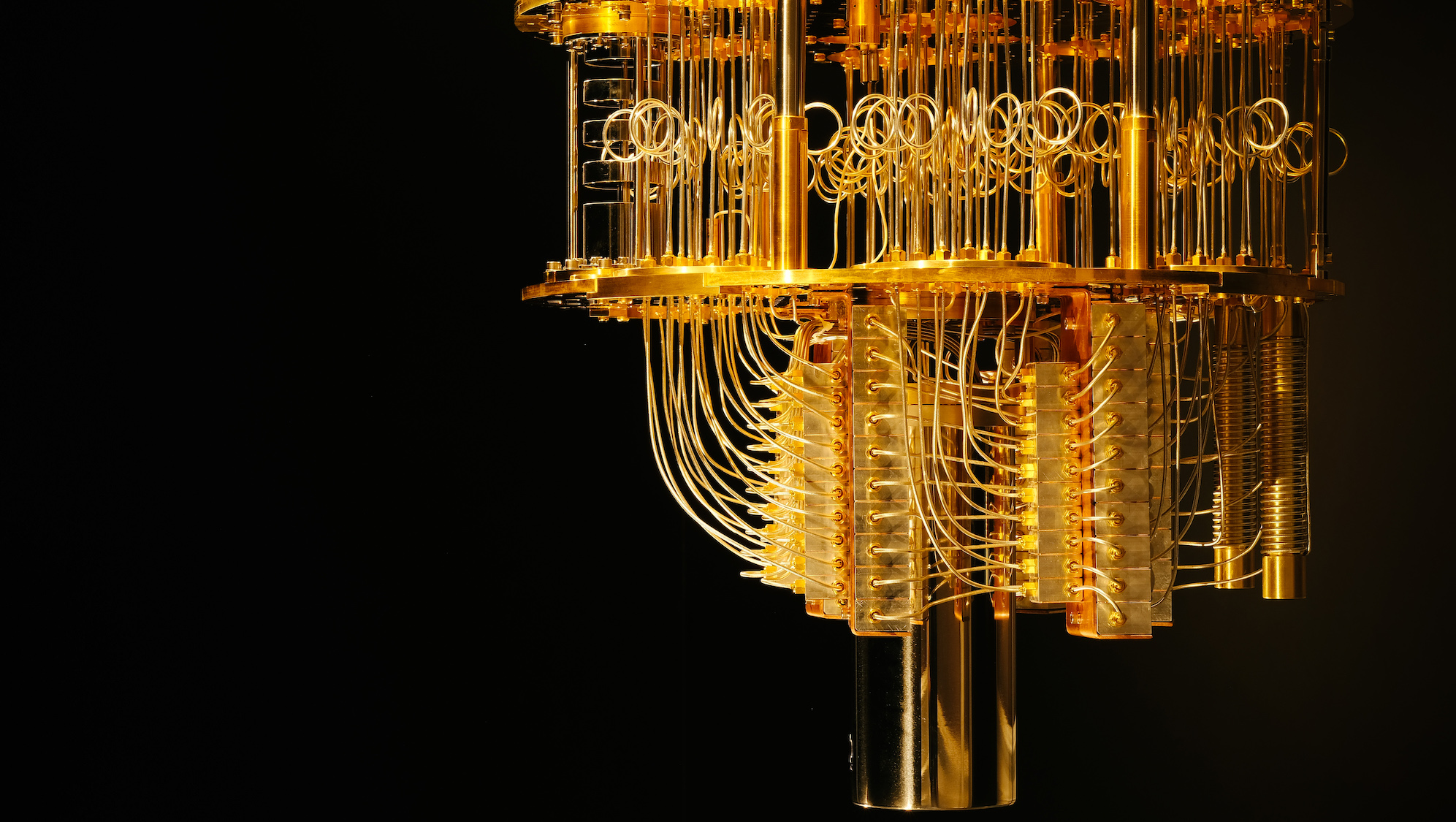What defines a quantum computer physically? A compelling question, indeed, given the burgeoning interest in the field of quantum computing. At its core, a quantum computer is a sophisticated apparatus harnessing the peculiarities of quantum mechanics to process information in ways that classical computers cannot. But what does this entail in terms of physical structure and operation? A quintessential exploration of the elements that constitute a quantum computer involves delving into qubits, the physical media used for encoding information, and the architectural configurations that optimize their capabilities.
Firstly, it is crucial to comprehend the term “qubit,” short for quantum bit. Unlike a classical bit, which resides in one of two distinct states (0 or 1), a qubit occupies a superposition of states, allowing it to exist simultaneously in multiple conditions. This phenomenon is a direct consequence of the principles of quantum mechanics. The physical manifestation of qubits can take various forms, ranging from trapped ions and superconducting circuits to topological qubits and photonic systems. Each of these implementations embodies unique advantages and challenges, reflecting the intricate intersection of physics and engineering.
Trapped ion quantum computers employ individual ions confined in electromagnetic fields. These ions can be manipulated using laser beams, allowing for precise control over their quantum states. The inherent stability of trapped ions produces remarkably low error rates, making them a fertile ground for reliable and scalable quantum computing. However, the challenge lies in scaling up the number of qubits, as each ion necessitates intricate control mechanisms and extensive infrastructure.
In contrast, superconducting qubits, fabricated from materials that exhibit zero electrical resistance at cryogenic temperatures, utilize the flow of electrons to represent quantum states. These qubits facilitate rapid gate operations and have seen widespread adoption in the development of quantum processors. Accomplished researchers have made significant strides in extending coherence times, thus enhancing the viability of superconducting qubit systems. Yet, the constant need for refrigeration and the requirement for complex wiring can encumber scalability and efficiency.
Photonic quantum computing leverages the fundamental properties of light, wherein individual photons serve as qubits. This method is particularly appealing due to its inherent resistance to decoherence, a phenomenon that can undermine qubit stability. Photonic systems are capable of operating at room temperature, significantly simplifying the infrastructural demands compared to their superconducting counterparts. Nevertheless, the challenge of implementing effective two-photon interactions remains a significant hurdle. Efficiently entangling photons while preventing losses during measurement processes is vital for the advancement of this technology.
Topological qubits, a novel paradigm in the realm of quantum computing, utilize the braiding of anyons—exotic quasi-particles that exist in two-dimensional spaces. The physical representation of topological qubits is distinct, as their quantum information is encoded in the global properties of these anyons rather than local states. This offers a fascinating advantage: a purported immunity to local noise, allowing for fault-tolerant computation. However, the experimental realization of stable anyonic states has remained elusive, posing a formidable challenge for researchers in the field.
Transitioning from the examination of qubit modalities, it is imperative to scrutinize the architectural design of quantum computing systems. Quantum computers are often structured into several layers, each performing critical functionalities while coordinating to achieve cohesive computational goals. The architecture typically consists of three primary components: a qubit registration layer, a control layer, and a measurement layer. The qubit layer houses the qubits themselves, the control layer facilitates the manipulation of these qubits, and the measurement layer extracts the results of quantum operations.
In terms of environmental conditions, the operation of most quantum computers requires exceptionally low temperatures, often hovering around absolute zero. This extreme cooling minimizes thermal noise, which can disrupt fragile quantum states. These conditions necessitate compliance with sophisticated cryogenic technologies, which not only present unique experimental challenges but also highlight the intricate relationship between quantum hardware and environmental factors.
Moreover, error correction represents a vital aspect of quantum computing architecture. Quantum information is notoriously susceptible to errors owing to decoherence and operational inaccuracies. The implementation of quantum error correction codes, such as the surface code or cat codes, introduces redundancy through the entanglement of multiple physical qubits to form logical qubits. This redundancy aids in preserving quantum coherence and ameliorating error propagation. However, the overhead associated with redundancy can complicate circuit design and consume substantial qubit resources, raising questions about the feasible thresholds of operational efficiency.
The potential of quantum computing remains staggering, fundamentally transforming various sectors including cryptography, optimization problems, and pharmaceutical discovery. However, as the field progresses, challenges regarding scalability, error correction, and environmental stability will require diligent research and innovative solutions. Therefore, one might ponder: is our venture into the quantum realm a prelude to a new technological epoch, or will the nuances of quantum mechanics continually challenge our ambitions? This question haunts researchers while simultaneously driving the quest for advancement, inciting curiosity and fostering an unyielding pursuit of knowledge.
To conclude, understanding what constitutes a quantum computer physically involves a multifaceted exploration of qubit manipulation, architectural design, environmental constraints, and the implementation of error correction strategies. As engineers and scientists innovate within these domains, the journey toward realizing a fully functional quantum computer continues to unveil the fascinating complexities of harnessing the quantum world.












